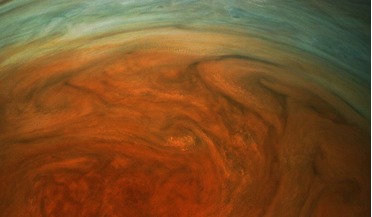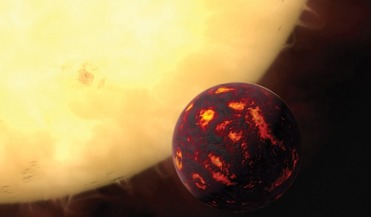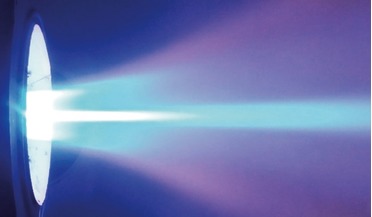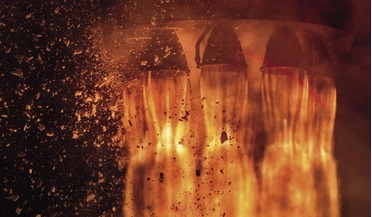 03 September 2018
Water discovered in Jupiter's Great Red Spot suggests plenty more down below
03 September 2018
Water discovered in Jupiter's Great Red Spot suggests plenty more down below
... layers; a lower layer made of water ice and liquid water, a middle one made of ammonia and sulphur, and an upper layer made of ammonia. The deepest cloud layer, the team concluded, is right where the temperature reaches...
 March 2017
Twinkle - a mission to unravel the story of planets in our galaxy
March 2017
Twinkle - a mission to unravel the story of planets in our galaxy
... range will allow detections of all the expected atmospheric gases, including water vapour, carbon dioxide, methane, ammonia, hydrogen cyanide, hydrogen sulphide, as well as exotic metallic compounds such as titanium monoxide, vanadium monoxide and...
 October 2018
Sustainable ways of living on the Moon and Mars
October 2018
Sustainable ways of living on the Moon and Mars
... system to penetrate two metres down to collect data on water ice, minerals and volatiles, including nitrogen, CO2, ammonia, methane and sulphur dioxide. A miniaturised lab known as ProSPA will analyse the material and beam back...
 June 2020
Titan’s evolving atmosphere
June 2020
Titan’s evolving atmosphere
... source for debate since its discovery (Fig. 6). The dominant theory surrounding its existence is the delivery of ammonia ice to Titan by cometary impacts, that was later transformed to the dinitrogen-filled skies that we see today...
 October 2020
Superconductors - key to unlocking high power space missions
October 2020
Superconductors - key to unlocking high power space missions
... and expensive. On the other hand, AF-MPD thrusters can operate with alternative propellants such as argon and ammonia, which are two orders of magnitude cheaper. Despite 60 years of research in six different countries, AF-MPD thrusters have...
 July 2021
Nitrous oxide – a green propellant for commercial space exploration
July 2021
Nitrous oxide – a green propellant for commercial space exploration
... be a very grave risk since the gas is not easily detected by smell. Experiments with a liquid blend of ammonia and nitrous oxide (monopropellants referred to as ‘monergols’) resulted in numerous explosions that destroyed the thrusters being tested...